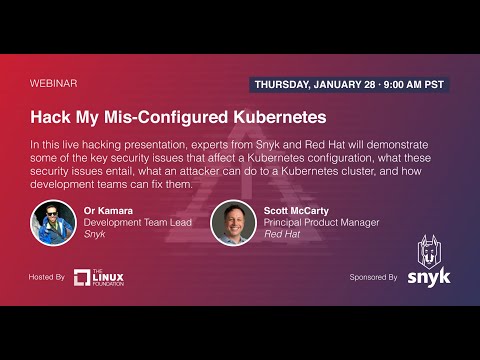Description:
Explore common Kubernetes misconfigurations and security vulnerabilities in this 58-minute webinar sponsored by Snyk. Dive into topics such as configuration vulnerabilities, developer ownership, security contexts, and privileged pods. Learn about the importance of resource limitations, including CPU and memory throttling. Discover when root containers are necessary and how to implement "run as non-root" practices. Examine pod security policies, shifting security responsibilities, and methods for validating Kubernetes setups. Gain insights on balancing quality and quantity in security measures, and explore the differences between OKD and Kubernetes. Participate in live demonstrations and Q&A sessions covering privilege run modes, code injection, and memory limits. Enhance your Kubernetes security knowledge with practical examples and expert guidance on creating a secure infrastructure.

Hack My Mis-Configured Kubernetes: Security Vulnerabilities and Best Practices
Add to list
#Computer Science
#DevOps
#Kubernetes
#Information Security (InfoSec)
#Cybersecurity
#Privilege Escalation
#Vulnerability Scanning
#Containerization
#Container Security